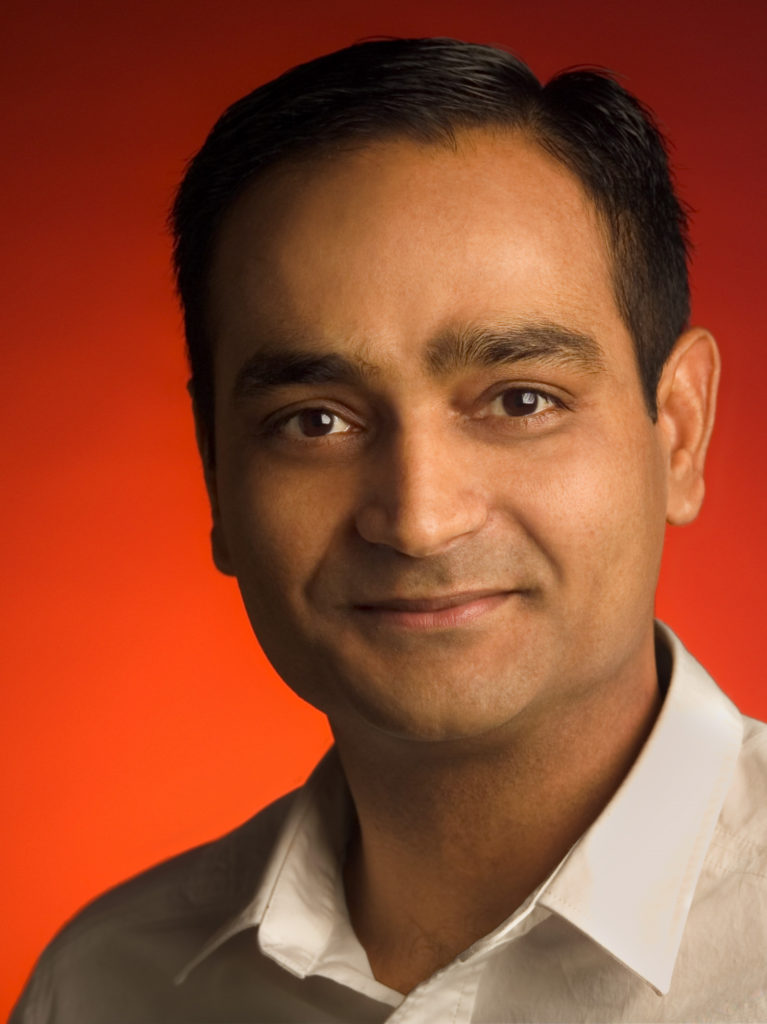The SES Conference will make its way through the Windy City this November. The three-day conference is designed for experienced marketing and advertising professionals, offering over 50 sessions to provide insight, tips and case studies on digital strategy.
 lonelybrand had the chance to ask keynote speaker Avinash Kaushik (@avinash) a few questions prior to the big event. Kaushik is the digital marketing evangelist for Google and best-selling author of Web Analytics: An Hour a Day and Web Analytics 2.0.
lonelybrand had the chance to ask keynote speaker Avinash Kaushik (@avinash) a few questions prior to the big event. Kaushik is the digital marketing evangelist for Google and best-selling author of Web Analytics: An Hour a Day and Web Analytics 2.0.
lonelybrand: When it comes to web analytics, there is mere reporting, and then there is true analysis that leads to better decision making processes. What are your top tips for changing these behaviors on an organizational level?
Avinash Kaushik: If you are providing data, that is reporting. If you look at the data yourself, cut it multiple ways, find the insight and recommend an action, that is analysis.
I have an number of recommendations, with examples, for ensuring that your data efforts are focused on analysis. Please see this post: The Difference Between Web Reporting And Web Analysis.
Among my favorites are how to focus your existence on identifying on Economic Value, the incredible power of having a clearly defined Digital Marketing Measurement Model and using techniques such as segmentation and algorithmic intelligence to identify insights faster.
lonelybrand: You recommend using controlled experiments to demonstrate Facebook’s offline impact, but your examples focus on B2C brands. How can the process be repeated for B2B brands?
AK: In the context of Facebook most of the engagement happens on facebook.com and some of it might happen offline. In this case it is impossible to crack open Google Analytics or SiteCatalyst to identify impact. Controlled experiments are an incredibly powerful way for us to identify causality of our marketing spend (online or offline).
The process will not be any different for B2B brands. What will be different will be tougher questions like: Why should you be on Facebook in the first place? Is the audience you have interested in getting professionally oriented updates when they are on Facebook? How can you truly provide value?
If the answers to those questions is Yes, then you’ll follow the same principles but stretch out the time period over the average conversion cycle – for some B2B companies it might be longer.
lonelybrand: In a recent post you noted, “people don’t mind behavior/intent targeting. What people mind is lame unintelligent behavior targeting.” What are some key tips to achieve the right kind of behavior targeting?
AK: Here are two simple strategies.
Use the recency option to decide how frequently you want the and to be shown. No one wants to see the ad 900 time across every site you go to.
Use the frequency option to throttle how often during a time period you want the ad to be shown, no one wants to see your add 25 times each day.
There are other options you could tweak like the demographic or psychographic targeting options that your ad platform might provide (even if a 90-year-old grandpa – me! – visited your site, if your products are not relevant for me, why re-target me?). There are many other things as well.
When I’m in my ad platform I ask this simple question: What would I find annoying vs. valuable? Then I make the relevant choices.
Hear more from Avinash Kaushik on his blog, Occam’s Razor, or check out his session at SES Chicago: Analyze. Streamline. Engage: Transform Your Business by Embracing Digital.